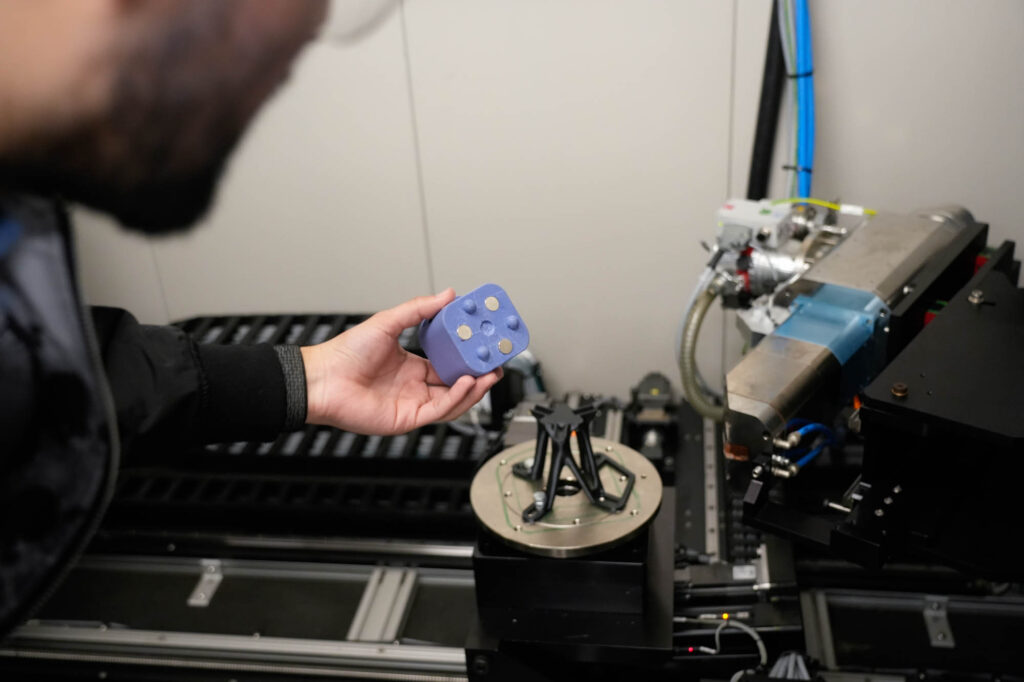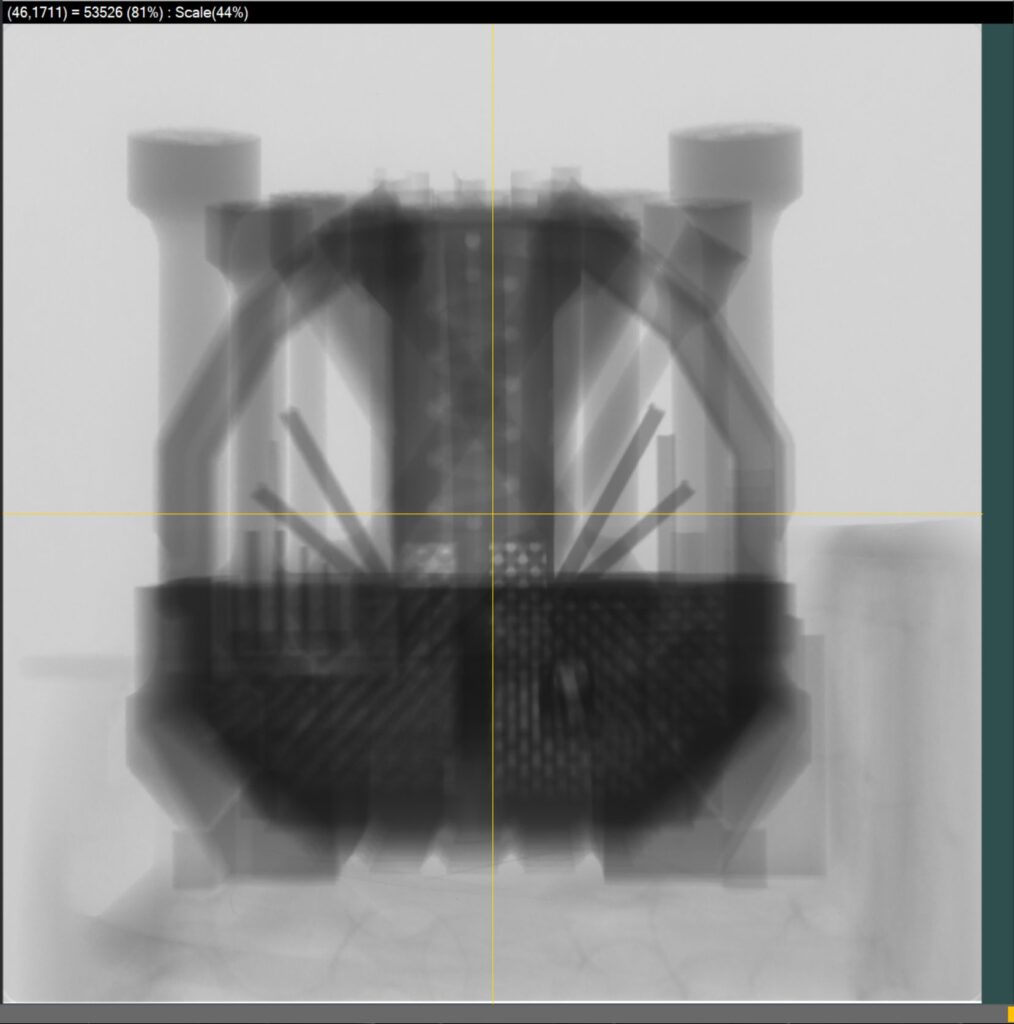& Construction

Integrated BIM tools, including Revit, AutoCAD, and Civil 3D
& Manufacturing

Professional CAD/CAM tools built on Inventor and AutoCAD
3 min read
For the past 20 years, Chris Danek has focused on designing and developing medical devices, from the earliest stages through to commercial release. His latest venture, Bessel, delivers both new innovations and training for the future of medical device design and manufacturing.

In addition to his “day job” at Bessel’s technical center in El Paso, Texas, Danek joined the University of Texas, El Paso as a visiting professor where he shares his expertise in mechanical engineering, product lifecycles, 3D printing, and more.
Bessel works with both established companies and startups to design new medical devices and components. For Danek, collaboration is crucial. And with Autodesk Fusion, they can collaborate with anyone, anywhere.
“We needed a platform that would allow us to take modern approaches like generative design and collaborate as a team with designs in the cloud,” Danek says. “Finite element analysis simulation was also a must-have for us. These were all mandatory features that led us to Fusion. The workflow and integrating design and simulation as part of the product development lifecycle makes Fusion stand out.”

Recently, Bessel helped a Birmingham, Alabama-based startup through multiple rounds of prototyping a handheld medical device. They used Fusion to design complex, 3D-printed molds to cast a flexible handle part with excellent touch, high flexibility, and liquid sealing using silicone and thermoplastic polyurethane.
“We could successfully cast parts with flexible elements directly onto a 3D-printed rigid thermoplastic component, much like you would do in an over-molding process,” Danek says. “Fusion helped us implement a streamlined workflow from STEP file import of the part to mold design. We were able to design, 3D print, cast, and ship prototypes all within a 24-hour period.”
As a visiting professor at the W.M. Keck Center for 3D Innovation, Danek also works with students to design some ambitious projects. One was using generative design in Fusion to create a new part for X-ray CT machines.
X-ray CT machines are used to scan and view the interior of a three-dimensional object. They can be used by a variety of industries to ensure the strength of a part, especially for aerospace and medical devices.

With generative design, Bessel engineer Andres Gutierrez collaborated with the Keck Center and student researchers to develop a modular fixture to hold these parts in place, specifically during the scan of metal additively manufactured parts. It was 3D printed and vigorously tested by the students and department for the final end-design result. This new fixture can help streamline the process, improve data from the CT scan, and increase accuracy.

“This fixture needs to stand up to repeated test setups and runs while simultaneously minimizing deflections during machine operation,” Danek says. “The load cases from setup and handling governed the overall design. Even though it is a ‘print once’ fixture, it is important to minimize material use and print time for sustainability and increase productivity. Generative design in Fusion helped us do that much more efficiently compared to using traditional design methods. The aesthetics of the 3D-printed part are also a plus.”
For Danek, generative design is an important component for both teaching students and Bessel’s own commercial success. He sees it as both informative and a source of inspiration.
“We’re looking forward to using generative design more and more,” he says. “Sometimes we may run studies for inspiration just to see other options and broaden our thinking. We can get the inspiration for certain shapes that you never would have thought to try yourself as a designer.”
By clicking subscribe, I agree to receive the Fusion newsletter and acknowledge the Autodesk Privacy Statement.
Success!
May we collect and use your data?
Learn more about the Third Party Services we use and our Privacy Statement.May we collect and use your data to tailor your experience?
Explore the benefits of a customized experience by managing your privacy settings for this site or visit our Privacy Statement to learn more about your options.